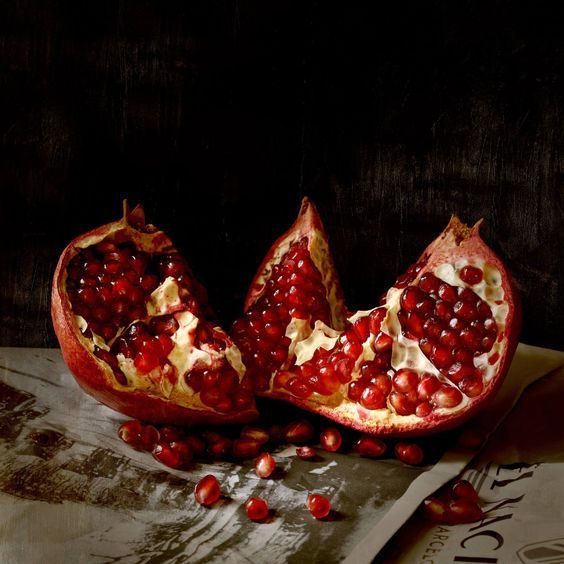In every corner of the world, women have found ways to care for their bodies with nature, intuition, and balance.
The one thread that weaves them all together is the idea of wearing loose fabrics that allow air flow and prevent trapped heat down there.
So, let's take a trip around the world to discover how different cultures have approached intimate health for centuries, and what we can learn from them today.
💧 North America: Hydration & Everyday Habits
In Western medicine, prevention begins with the basics: drink more water, urinate often, and wear breathable fabrics.
The focus is on flushing bacteria out and keeping things moving.
Natural preventives like cranberry extract have gained popularity but even more powerful are the daily habits: hydration, movement, and fabrics that don’t suffocate your skin.
🌿 South Asia: Cooling the Fire
In Ayurveda, urinary discomfort is often seen as an imbalance of pitta dosha.
Excess heat and inflammation in the body.
Cooling herbs like coriander seed, amla, gokshura, and punarnava are brewed into teas, while coconut water and barley water are sipped throughout the day.
But just as important as the herbs is the pace of slowing down, avoiding overexertion, and letting the body cool naturally.
🍃 East Asia: Balancing “Damp Heat”
Similar to ayurveda, in Traditional Chinese Medicine, there is heat and cooling elements of the body. The bladder is viewed as an organ of balance.
When “damp heat” builds up somewhere in your body, it must be cleared.
Herbs like plantago seed, Chinese knotweed, and chrysanthemum are used to gently detoxify. Meals are simple and cooling. Cucumber soups, mung beans, and chrysanthemum teas calm inflammation from within.
🌺 Middle East & North Africa: Rosewater & Ritual
Across Middle Eastern traditions, women have long used rosewater, barley water, and pomegranate rind to cleanse and soothe.
There’s a cultural emphasis on modesty, cleanliness, and breathability.
🌾 Africa: Healing from the Land
Across regions, plants like neem, moringa, hibiscus, guava leaf, and lemongrass have been used to support urinary balance.
Communities often rely on natural baths and herbal infusions, pairing them with education on water access and hygiene — gentle, collective care grounded in nature.
🌿 Europe: The Herbal Revival
From bearberry (uva ursi) to nettle leaf, horsetail, and dandelion root, Europe has its own herbal lineage to intimate wellness.
There’s a growing shift back toward nature, a blend of modern medicine and ancient herbalism that honors the body’s intelligence and the Earth's wisdom.
🌎 Latin America: Nature as Medicine
Remedies like chanca piedra (“stone breaker”), corn silk tea, and parsley tea are used for cleansing and supporting urinary health.
In many communities, guava leaf baths and chamomile infusions soothe irritation, while hydration and fresh foods keep the system balanced.
🚿 A Global Secret: Wash Your Cooch
Across many cultures, another common thread is cleaning your cooch with a bidet instead of using toiler paper. Water respects the body’s natural balance and helps maintain the good bacteria that keep your ecosystem thriving.
Toilet paper has become the norm in many households, yet overuse can disrupt your body’s natural pH and microbiome. And as we now know, toiler paper can carry PFA's and many harmful chemicals that we're trying to avoid in our undies too. Friction, fragrance, and dryness from paper can irritate delicate skin and strip away protective layers.
🌊 The Universal Lesson
No matter where you’re from, the message is the same:
Let your body breathe. Stay hydrated. Keep it natural.
Because true wellness isn’t found in extremes, it’s found in rhythm, balance, and returning to what nature already knows.

